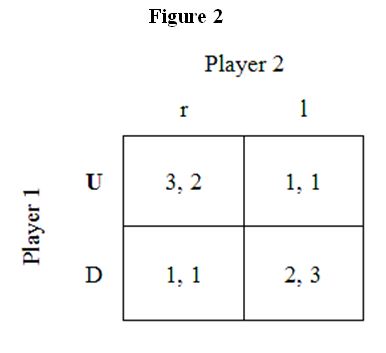For a long period of time following Reconstruction the Democrats dominated the Texas legislature. When and why has that changed? To what extent and why has the rise of the Republicans increased the role of partisanship in the legislature?
What will be an ideal response?
Answer: An ideal response will:
1. Identify the elections that led to the Republicans first gaining a majority in the Senate and then the House.
2. Identify the role of in-migration of Republicans from other states and issues such as race as factors promoting Republican growth.
3. Explain reasons for the historical lack of partisan organization in the legislature, particularly the lack of party competition, and why increased party competition produces partisan divides.
4. Identify the Tea Party movement and opposition to President Obama as important forces in driving partisanship.
You might also like to view...
Right-wing totalitarianism tends to be focused on blocking __________
a. a libertarian tilt in policy b. a fundamentalist movement c. the outbreak of ethnic turmoil d. the success of a leftist revolution
The Interstate Commerce Commission and the Securities and Exchange Commission are examples of ________
A) independent agencies B) congressional agencies C) executive branch subdivisions D) regulatory agencies E) interstate agencies
The fact that few Presidents have been able to command the legislative process for a significant length of time gives evidence that
a. the legislative process is more influenced by the judicial branch than by the executive branch. b. the President is often busy with his other responsibilities. c. legislators' voting patterns may change depending on public opinion polls. d. Congress enjoys taking over and controlling legislation originally suggested by the President. e. there is an inherent weakness built into the office of the Presidency.
List each of the strategy combinations for the game in Figure 2 that are Nash equilibria.

What will be an ideal response?